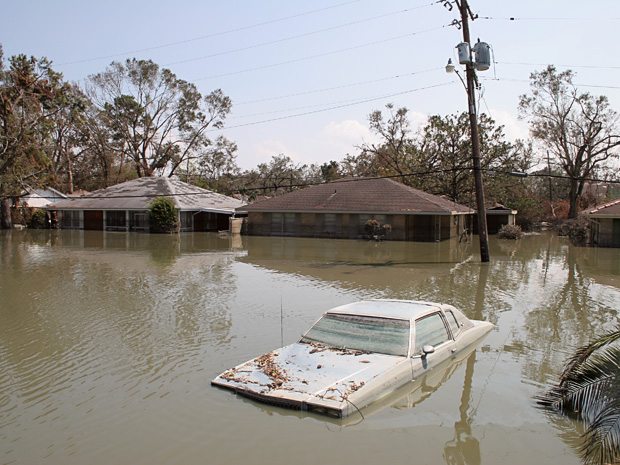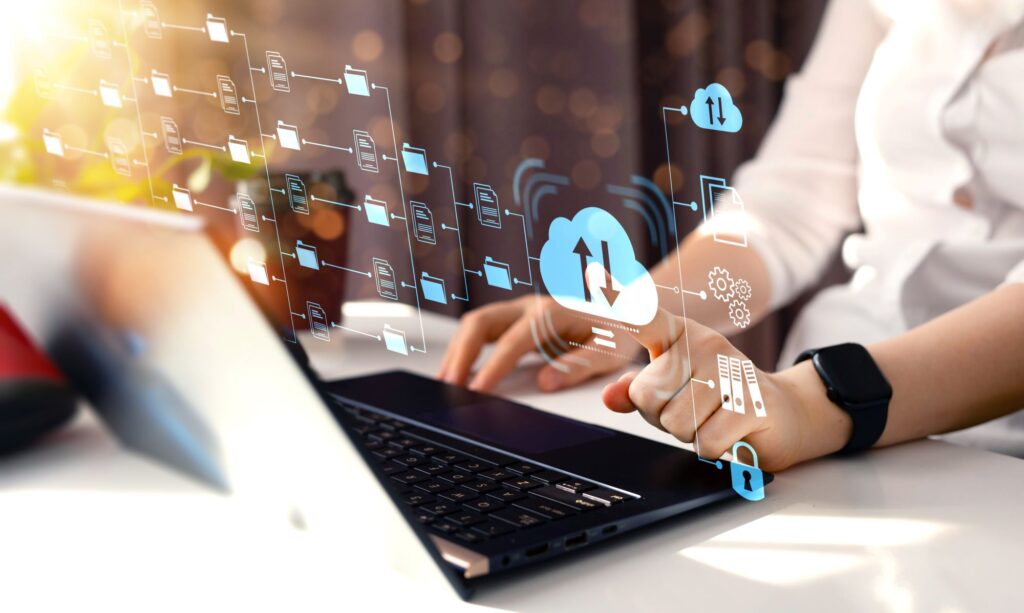Preparation is key when it comes to surviving a catastrophe like Hurricane Katrina. One of the hardest lessons for many businesses was finding out just how unprepared they were to maintain business continuity or resume normal operations in the wake of a disaster of that magnitude. Don’t wait to learn the hard way. Find out what businesses are doing differently now to be better-prepared for the next major disaster:
A decade ago New Orleans and the Gulf Coast of the United States were devastated by the sixth strongest Atlantic hurricane ever recorded. The National Oceanic and Atmospheric Administration claims Hurricane Katrina was the most destructive storm to ever strike the United States.
The destruction from the hurricane itself, and the subsequent flooding that put most of New Orleans underwater knocked many businesses out of commission—and more than a few completely out of existence. Thankfully, we have learned a lot of hard lessons in the wake of Hurricane Katrina that businesses can use to be better-prepared for the next major disaster.
An article from USA Today in 2007—two years after Hurricane Katrina—estimates that 7,900 businesses in New Orleans and southeast Louisiana went out of existence as a result of Katrina. Some of those businesses failed as a result of lost revenue resulting from nearly half a million people displaced from the region, but many of those businesses failed as a direct result of the destruction and impact the storm had on their ability to continue operating.
For some of the smallest businesses there really is no solution—no way to guard against a catastrophe like Katrina or prepare to handle the next major disaster. Companies that are dependent on physical location or rely exclusively on revenue from local customers will always by heavily impacted by an event like Katrina. However, many businesses did learn the hard way that there are things that can and should be done to increase resiliency and facilitate business continuity during a major catastrophe.
For those businesses that aren’t dependent on a specific location or purely on local customers, for example, the biggest lesson from Hurricane Katrina is the same as the lesson businesses in New York learned from the terrorist attack on 9/11. It can be summed up in the phrase “Don’t leave all of your eggs in one basket,” with the added caveat, “If you do leave your eggs in one basket, at least put that basket in the cloud where it’s safe from natural disasters.”
“When Hurricane Katrina’s devastation struck New Orleans, one of our offices in the city was under water and couldn’t reopen for several months,” explained Kate Campion, president of CPR (Cooperative Processing Resources).
Ric Jones, CIO of LifeShare Blood Centers, faced a similar tragedy. “When Hurricane Katrina’s devastation struck New Orleans, several of our regional centers were closed, demand for blood product substantially increased and donors were not able to give blood due to our site closures, interrupting the flow of business.”
You can read the complete story on CSOOnline.com: The disaster-recovery lessons we learned after Katrina.
- The Evolving Face of Ransomware — and How We Can Stay Ahead of It - August 15, 2025
- Why We Need to Treat AI Agents More Like Human Employees - August 13, 2025
- Why Data Must Be the Heart of Cybersecurity - August 8, 2025



